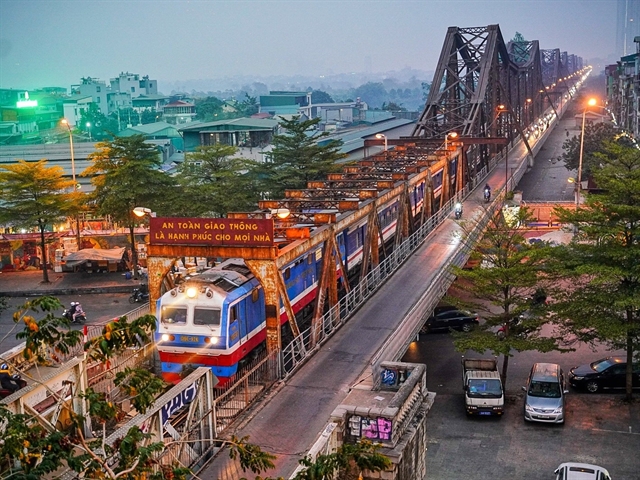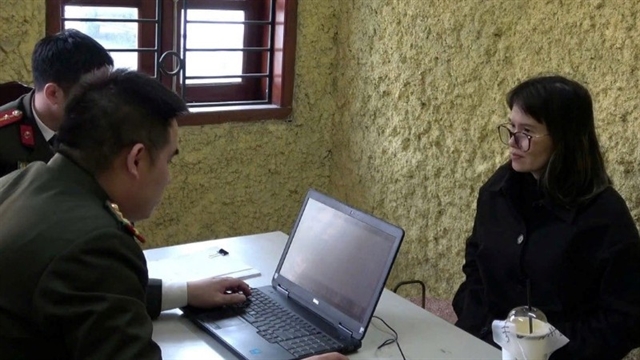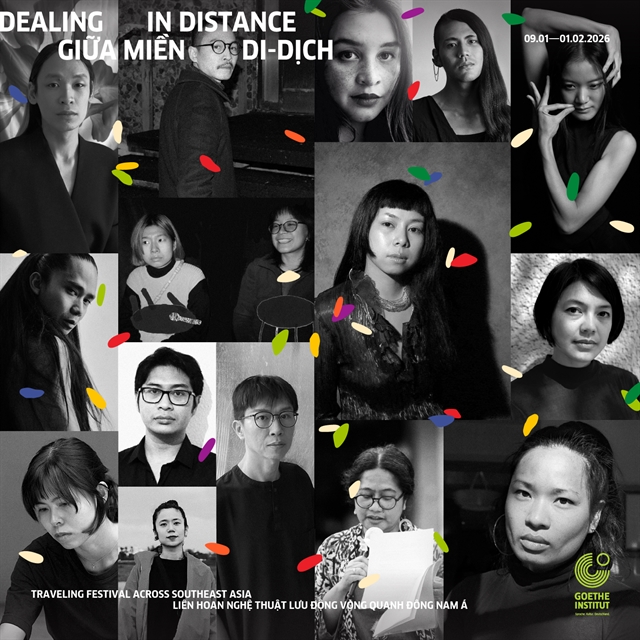 Politics & Law
Politics & Law
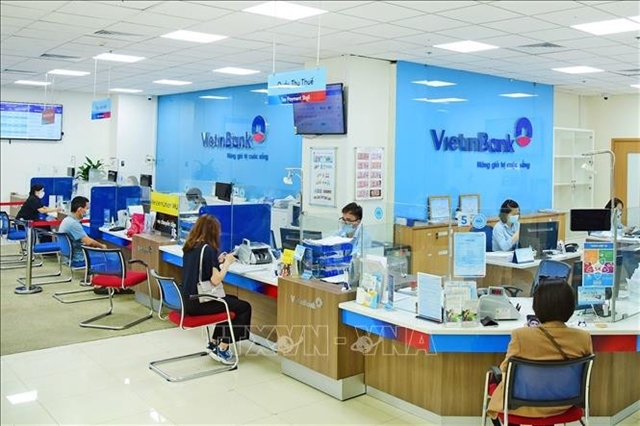
Dr. Mark Roberts in Melbourne, Australia and retired Vietnamese Nguyễn Bá Khuyến write some thoughts on the occasion of the 45th anniversary of bilateral ties (26/2/1973 – 26/2/2018)
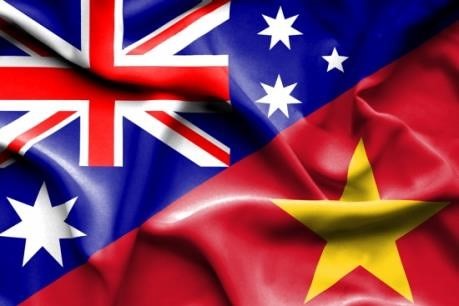 |
Dr. Mark Roberts in Melbourne, Australia and retired Vietnamese Nguyễn Bá Khuyến write some thoughts on the occasion of the 45th anniversary of bilateral ties (26/2/1973 – 26/2/2018).
The first milestone in the relationship between Australia and Việt Nam came with the actual establishment of diplomatic relations by Prime Minister Gough Whitlam’s Labour government on February 26, 1973, in the context of a greater Australian role in the region.
Education was regarded as vital to Việt Nam becoming incorporated into the region and the world. The “Việt Nam Project”, teaching English language to teachers and government officials, operated on Australian funds channeled through the UN Development Programme, and was a milestone that emanated from the conviction within the Australian Department of Foreign Affairs that to relate to the western world, Việt Nam needed to communicate in its language.
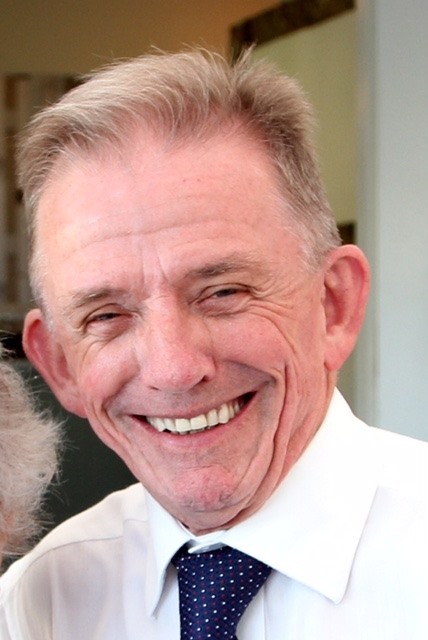 |
| Mark Roberts |
From the small, low-key projects there are now some 22,000 Vietnamese students in Australia, mostly full fee paying, with another 7,500 studying for an Australian qualification in Việt Nam. The Australian Government gives great scholarships for Vietnamese students every year. There are now 50,000 alumni, who the Australian ambassador suggests provide “a ready bridge for Australian business.”
An innovative arrangement between the Australian National University (ANU) and Hà Nội’s Institute of Information Technology (IOIT) resulted in Australia introducing the internet to Việt Nam, enabling even more involvement in regional and global affairs. There was some modest government funding, but it was the dedication of two key figures, Rob Hurle at ANU and Trần Bá Thái at IOIT, that made this possible. In 2018, it is estimated that over 55 million people are using the internet, approximately 60 per cent of the Vietnamese population.
Leaders’ visits
In May 1993, Prime Minister Võ Văn Kiệt was the first head of government from either country to make a visit. A Memorandum of Understanding was signed regarding civil aviation and the aid programme. This visit set the precedent for subsequent leaders’ visits. Such exchanges were highly valued by Việt Nam as it attempted to rejoin the region and the world. If their Prime Minister could meet with the Australian leader, and engage in useful bilateral discussions, it indicated not only that Việt Nam was looking outwards, but also that Australia was embracing Việt Nam.
The following year, in April 1994, Prime Minister Paul Keating visited Việt Nam, the first Australian leader to do so. It coincided with a period of busy diplomatic activity in Việt Nam as the United States embargo was finally lifted only two months before Keating’s visit and Việt Nam was increasingly portrayed as a place of almost unlimited economic opportunity.
The relationship continued despite the change of government in 1996, reflecting the level of maturity that had been achieved. High-level visits are now more regular, serving to emphasise the growing maturity in the relationship between Australia and Việt Nam.
Strategic partnership
In September 2009, Australia and Việt Nam defined the relationship as a Comprehensive Partnership. In representing a “strong mutual commitment” to the relationship, the agreement built a framework to strengthen and deepen co-operation across several key areas: expanding political ties and public policy exchanges; promoting economic growth and trade development; ongoing development assistance and technology co-operation; building defence and security ties; supporting people-to-people links; and advancing the global and regional agenda.
In March 2015, the Australian and Vietnamese Governments, “noting the strategic and economic developments in the region” since signing the first agreement, committed to a “Declaration on Enhancing the Australia-Việt Nam Comprehensive Partnership”. The declaration notes mutual interest in “regional security, stability and economic growth”, with both countries recognising the region’s “significant challenges” to peace, stability and prosperity. Both countries believe in strengthening regional bodies and note the need for a “rules-based multilateral trading system” while creating the “best possible conditions” for bilateral trade and investment to reach its potential. The declaration is intended to “build on previous successes” and to “deepen and expand the strong relations between Australia and Việt Nam.”
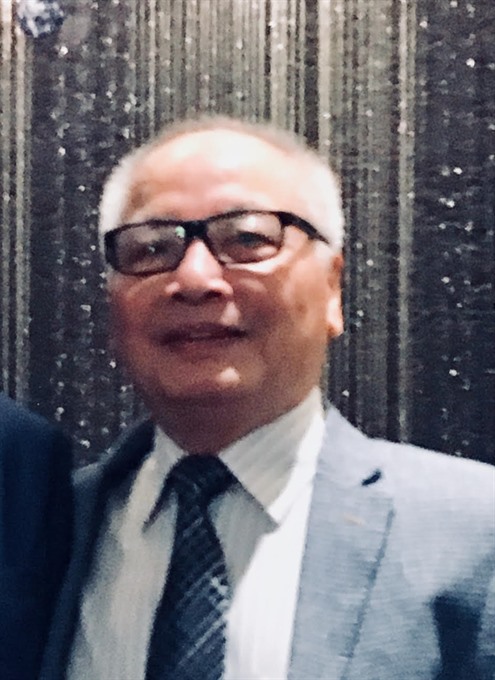 |
| Nguyễn Bá Khuyến |
In the Declaration “Enhancing the Australia-Việt Nam Comprehensive Partnership”, both “Australia and Việt Nam value the contribution of the Vietnamese community in Australia (about 300,000 people) and the Australian community in Việt Nam to the social and economic development of both countries, and in promoting friendship and co-operation”. As the Australia-Việt Nam Relationship developed, more Vietnamese-Australians began visiting their homeland, and attitudes changed gradually.
The period under the Hawke/Keating Labour governments was a critical period for establishing and substantially developing the relationship. Government-to-government activities were crucial, but much was achieved at the people-to-people level. The channeling of indirect aid in the 1980s relied heavily on individuals, both here and in Việt Nam, and early attempts at doing business in Việt Nam depended to a great extent on interested and determined people.
The Australian Government-owned communications company OTC (Overseas Telecommunications Commission), later to become Telstra, was a great example of an Australian company taking early advantage of opportunities in an economically liberalising Việt Nam. Starting with an A$5 million investment, over a decade it became Telstra’s “largest single offshore investment”, with a “committed investment of approximately A$200 million”, evolving into a Business Cooperation Contract, which later became the standard for the telecommunications industry in Việt Nam.
Drawing on the example of OTC and other smaller businesses, Australia was one of the leading foreign investors in the early years, and trade increased exponentially, albeit from a tiny base. Two-way trade with Việt Nam increased from just over A$100 million in 1989/90 to just under A$1 billion in 1997/98, to just over A$10 billion in 2015/16, making Việt Nam Australia’s 15th largest trading partner. Australian investment in Việt Nam was A$355 million in 1990/91 and A$1.5 billion in December 2015. Vietnamese investment in Australia at the same time was A$468 million.
There is every reason to believe that trade and investment will continue to grow. Corruption and bureaucratic obstacles are still problems, but Việt Nam understands that these are problems and will hopefully continue working to minimise these barriers over time. Việt Nam is now considered a middle-income country, with a young population of over 90 million, an ongoing growth rate of 5.5 per cent p.a. and an expectation that by “mid-century, Việt Nam is expected to be on the cusp of joining the world’s top 20 economies”.
Australia’s aid programme continues to help Việt Nam reduce poverty, reach sustainable development, modernise its business practices and improve its infrastructure, especially roads and bridges. Having earlier constructed the Mỹ Thuận Bridge -Australia’s largest infrastructure project then, the Cao Lãnh Bridge will also open in 2018. With Australian funding of A$160 million, it is the “single largest Australian aid activity on mainland Southeast Asia and is being jointly funded by the governments of Australia and Việt Nam, and the Asian Development Bank”. These projects assist Việt Nam, but also benefit Australian companies. — VNS

